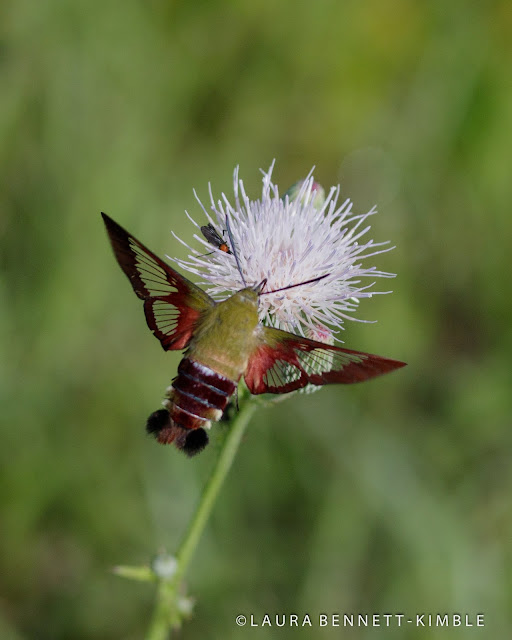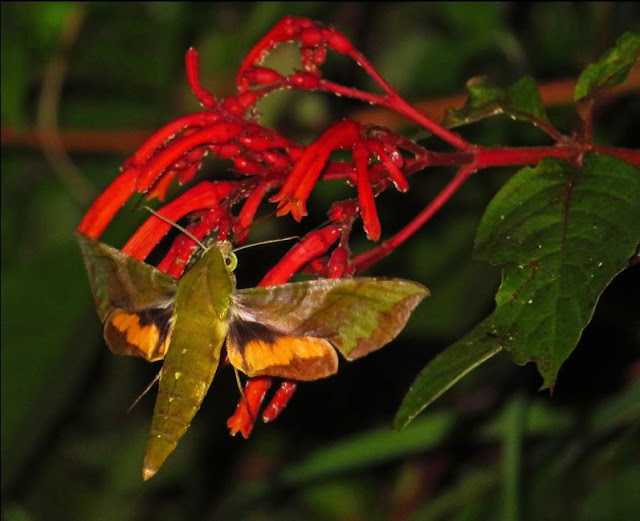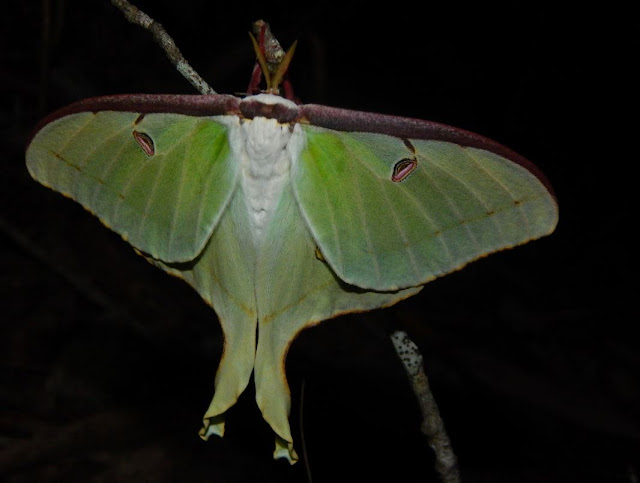National Moth Week: Time to Wrap It Up

Well, folks, this is it: The final day of National Moth Week 2019. Thanks for following along with us as we explored these flying beauties that help make this planet such a great place to hang out. Their role in diverse ecosystems benefits so many other species, from the many native plants they pollinate to the songbirds that feed them to their young. And their beautiful presence certainly provides humans joy when, say, a huge green Luna moth flutters across a summer porch or a dainty Ornate Bella moth skitters underfoot in the grass. There’s still so much to be learned about the moth world. For example, it was thought for years that only one moth pollinated the legendary ghost orchids of the Everglades, but earlier this month National Geographic shared news about a variety of sphinx moths slurping nectar from the blooms . If you haven’t had a chance to go moth hunting yet, there’s still time. According to National Moth Week, “Studying moths at night is as simpl...







